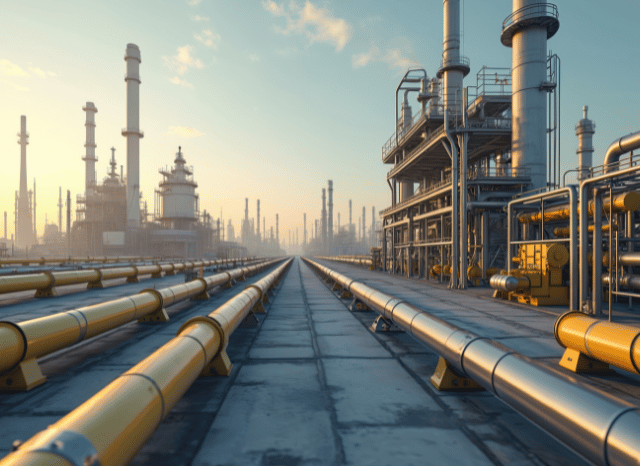
Oman, Germany, and the Netherlands have signed a groundbreaking agreement that could reshape Europe’s Electricity landscape, ushering in a whole new period of green hydrogen imports from the Middle East.
A bold shift in the worldwide energy transition is getting condition in between Oman and Europe. A historic settlement signed before this year paves the way in which for one of the world’s first significant-scale hydrogen corridors—linking Oman’s vast renewable methods to Germany’s industrial hubs through the Netherlands.
The core of this initiative is inexperienced hydrogen—made by splitting water by electrolysis driven by solar or wind Electrical power. This form of hydrogen has attracted international interest for its potential to decarbonise sectors which might be if not hard to electrify, which include significant transportation, steel output, and energy storage.
Oman, leveraging its sunny local climate and impressive nationwide approach, aims to be a best world exporter of green hydrogen by 2030. Forecasts recommend the country could generate around one million tonnes of inexperienced hydrogen each year by the tip of your decade. A important section of the program will involve liquefying the hydrogen to aid abroad transportation.
Enter the hydrogen corridor: a planned maritime and logistics route starting from the port of Duqm in Oman, extending into the ports of Amsterdam and Duisburg. Specialised cryogenic tankers, similar to Individuals Utilized in LNG transportation but adapted for hydrogen’s Substantially lower temperatures, will have the gasoline. European click here ports click here are by now making ready the required infrastructure to obtain, retail outlet, and distribute the cargo.
This corridor is not simply a logistical feat—it’s a strategic one. For Germany, which is aiming to lessen dependence on fossil fuels and diversify its Electrical power combine, the imports could support satisfy its target of bringing in ten million tonnes of renewable hydrogen by 2030. The corridor also aligns with check here broader EU sustainability aims and industrial decarbonisation attempts.
The undertaking’s importance lies not simply in its scale, and also in its replicability. Like LNG ahead of it, liquid hydrogen could soon go across continents, breaking no cost from the constraints of fixed pipeline networks. And Oman isn’t by itself. Other initiatives—including Spain’s Basque Hydrogen Corridor and also the Central European Hydrogen Corridor—are constructing the spine of a long run hydrogen financial system.
The Basque task concentrates on integrating manufacturing, distribution, and industrial use within just northern Spain. In the meantime, the more info Central European route programs to repurpose current gasoline pipelines to hold hydrogen from Jap Europe to Germany, further cementing the region’s position during the hydrogen transition.
If productive, these attempts could mark A serious milestone in decarbonising Europe’s major industries and transportation networks—run via the Solar and wind of distant deserts.